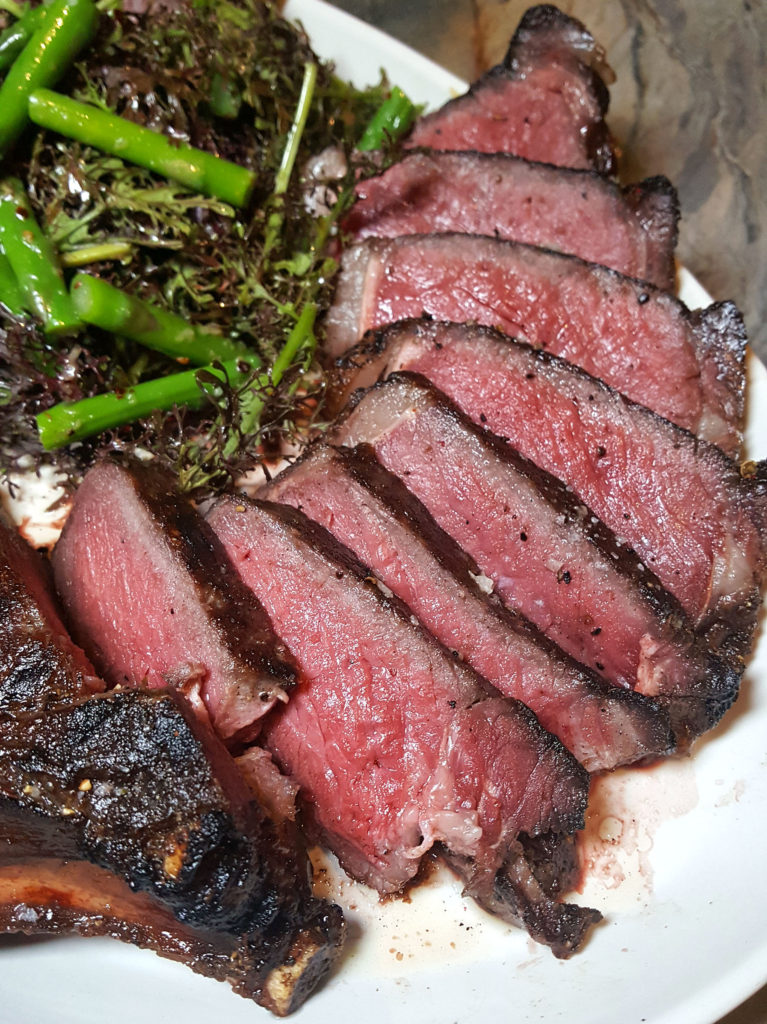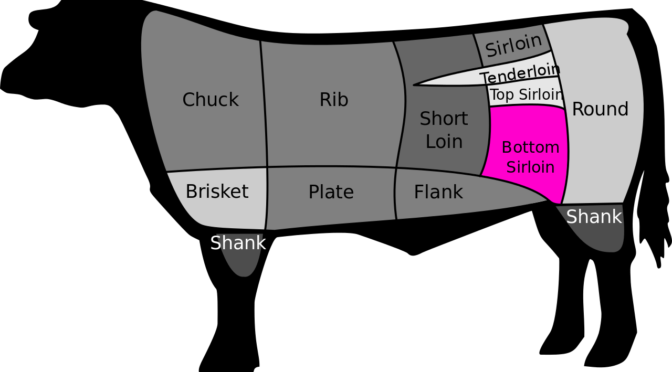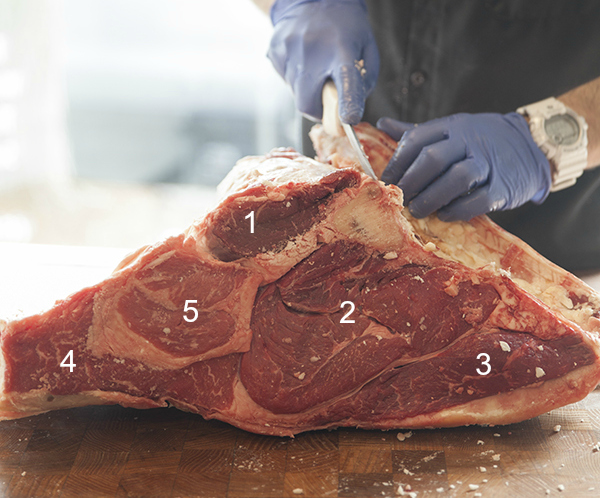NOTE: THIS JOINT IS CLOSED!
Bevy is the new restaurant that took the place of The Back Room at One57. My wife took me here for an early birthday dinner. I was excited to hit this joint, because they have rib eye fat cap steak on the menu (aka spinalis dorsi), as well as a bison rib eye. We tried both.
We started with the rib eye cap steak as a shared appetizer. The portion size is 8oz, so this was perfect to share as an app.

This was perfectly cooked, super tender and amazingly flavorful. At $48 it’s a bit pricey, but totally worth it given the quality. 10/10.
Both the rib eye cap and the bison rib eye hail from Fossil Farms. I’ve encountered these guys at food shows in the past, and the quality is superb. I hope to work with them in the future and feature some more of their proteins here on the website. Especially the exotics.
Anyway, we ate the rib eye cap steak with some crispy lemon oyster mushrooms, which they sent to us on the house!
This is a reprise of a dish that used to be on the Back Room menu, which I really liked. It’s just as good as I remember. It’s also really damn beautiful.

Several menu items were carried over, actually. I was glad to see that many of the good ones remained.
But now for the big guns. The 40oz, 28-day dry-aged bison rib eye. It’s actually two chops on the bone.

It comes with a vinaigrette dressed frisee salad and asparagus. But the plating is gorgeous. We actually fanned it out a little so you can more easily see the perfectly pink interior.

Bison is slightly gamy, but unless you’re looking for it, you probably wouldn’t notice a flavor difference between bison and beef.

It’s typically more lean than beef, and sometimes has a more iron-metallic flavor profile than beef. Very good. 8/10.

We ate this baby with sides of paprika dusted steak fries and trumpet mushrooms. Both were great. I was impressed with the crisp on the fries. So good! I usually dislike the massive quarter-of-a-potato style steak fries, but I’d get these again and again, every time I eat here.

The trumpets were good, but I did enjoy the oyster mushrooms more. These were served with minted labneh, which added a nice fresh pop of flavor.


Dessert was great as well. We ordered one, but they gave us two. Great service! In fact, Amanda was a wonderful waitress. She knew her stuff and had great recommendations.
First was this apple pie with a sugar cookie crust. So awesome! That’s vanilla ice cream up front, covered with a nice caramel sauce.

The other dessert was cheesecake with lemon pudding and espresso ice cream. Really tough to choose a best between these two.

I definitely recommend this place. If you happen to carry the “Founders Card,” you get 20% off when you use it to pay.
BEVY
153 W. 57th Street, 3rd Floor
New York, NY 10019






















